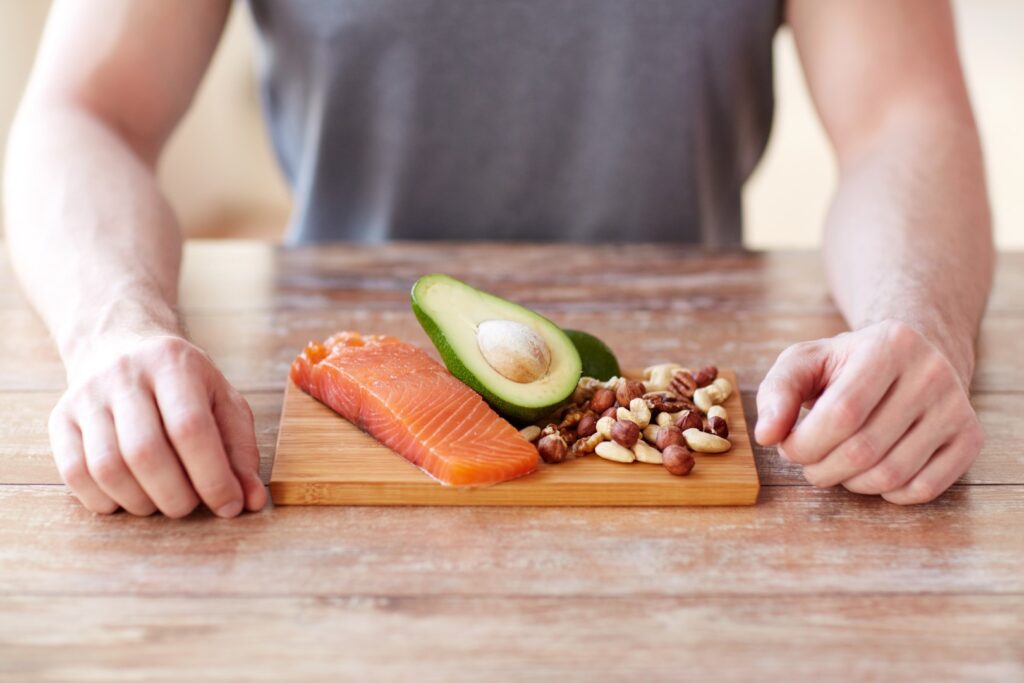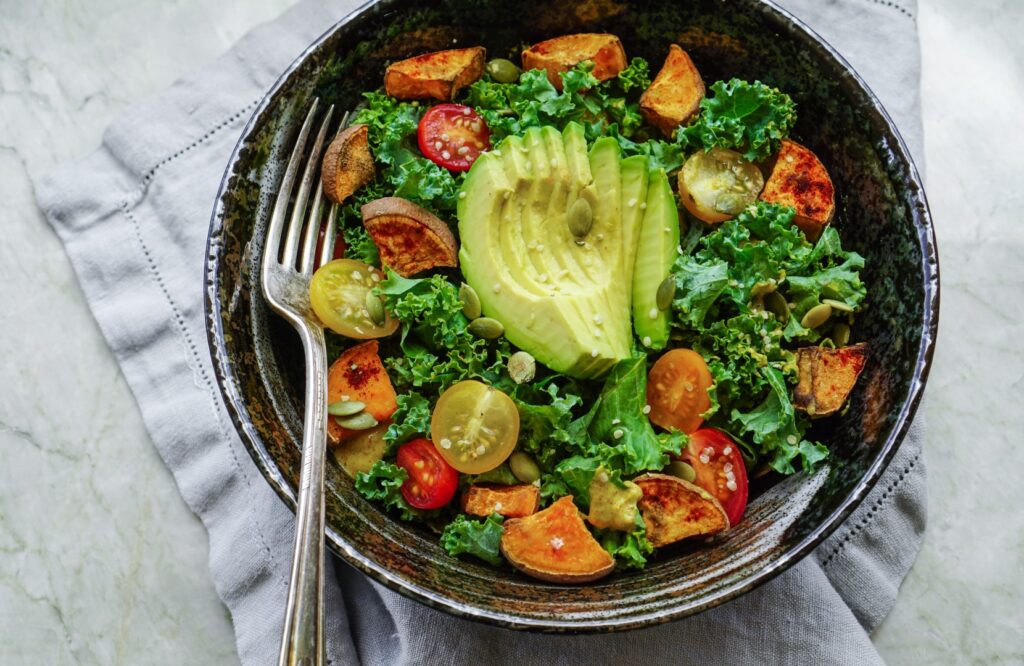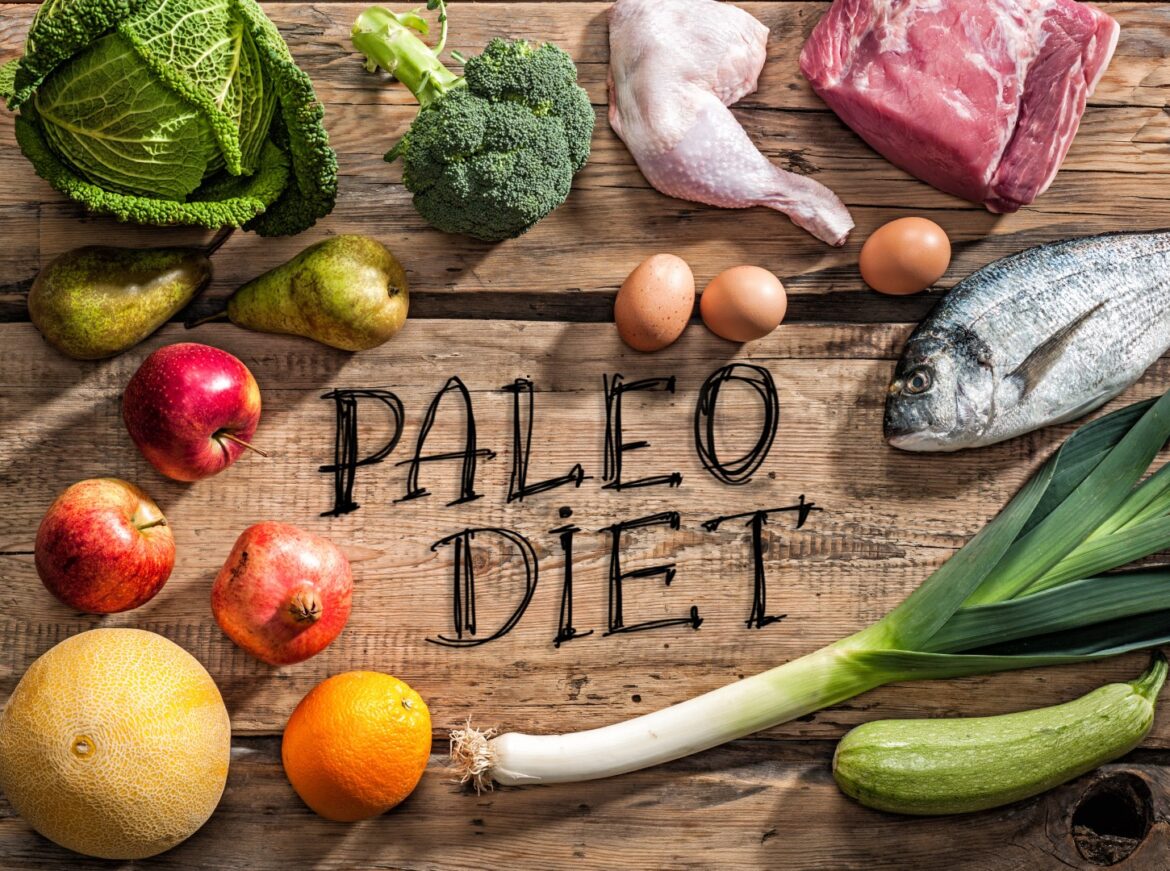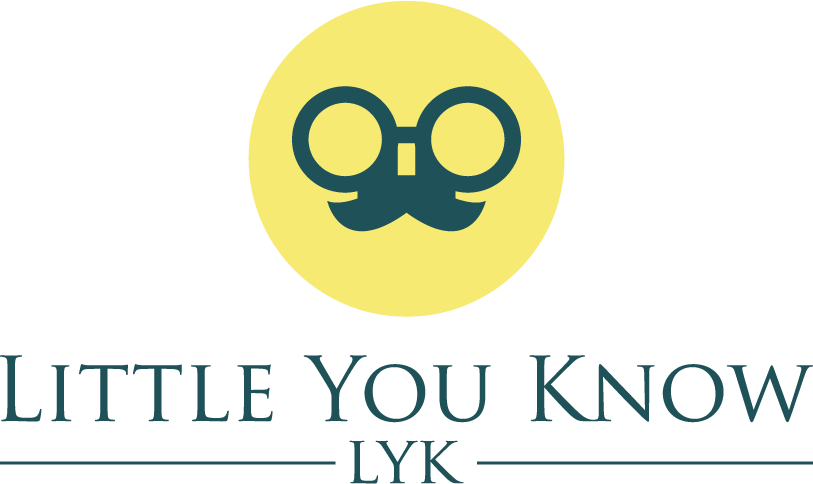Gluten-free and paleo diets have become increasingly popular in recent years, as more and more people are looking for ways to improve their health and well-being. Both of these diets have been shown to have a number of health benefits, and they can be a great way to improve your overall health and well-being.

Gluten-free diets are designed for people who have celiac disease, an autoimmune disorder that causes damage to the small intestine when gluten is consumed. Gluten is a protein found in wheat, barley, and rye, and it is commonly found in bread, pasta, and many processed foods. When someone with celiac disease eats gluten, it causes damage to the lining of the small intestine, which can lead to malabsorption of nutrients and a host of other health problems.
Paleo diets, on the other hand, are based on the idea that our ancestors ate a diet that was high in protein, healthy fats, and vegetables, and low in processed foods, grains, and refined sugars. The paleo diet is designed to mimic the way our ancestors ate, and it is often referred to as the “caveman diet.”
Both gluten-free and paleo diets can be a great way to improve your health, and they both have a number of options that are suitable for people with different dietary needs.
Gluten-free options:
For people with celiac disease or gluten intolerance, a gluten-free diet is essential for maintaining good health. There are a number of gluten-free options available, including:
- Gluten-free bread: There are many different gluten-free bread options available, including those made from rice flour, almond flour, and coconut flour. These breads can be found at most health food stores and many supermarkets.
- Gluten-free pasta: There are many different gluten-free pasta options available, including those made from rice flour, quinoa flour, and corn flour. These pastas can be found at most health food stores and many supermarkets
- Gluten-free cereals: There are many different gluten-free cereal options available, including those made from rice, quinoa, and corn. These cereals can be found at most health food stores and many supermarkets.
- Gluten-free crackers: There are many different gluten-free cracker options available, including those made from rice flour, almond flour, and coconut flour. These crackers can be found at most health food stores and many supermarkets.
- Gluten-free snacks: There are many different gluten-free snack options available, including fruit, nuts, and seeds. These snacks can be found at most health food stores and many supermarkets.
Paleo options:
For people following a paleo diet, the focus is on eating whole, unprocessed foods that are high in protein, healthy fats, and vegetables, and low in processed foods, grains, and refined sugars. Some paleo options include:
- Meat is a staple of the paleo diet, and it is recommended that people eat grass-fed beef, chicken, pork, and fish. These meats are rich in protein, healthy fats, and essential nutrients. They are also free from hormones and antibiotics, which are commonly found in conventionally raised meat.
- Vegetables are also an important part of the paleo diet, and it is recommended that people eat a variety of leafy greens, broccoli, cauliflower, zucchini, and sweet potatoes. These vegetables are high in fibre, vitamins, and minerals, and they are also low in calories.
- Fruits are also a part of the paleo diet, and it is recommended that people eat berries, apples, pears, and bananas. These fruits are high in fiber, vitamins, and antioxidants, and they are also low in calories
- Nuts and seeds are a great source of healthy fats, protein, and fiber. They are also rich in minerals and antioxidants. Almonds, walnuts, pumpkin seeds, and chia seeds are all great options for a paleo diet.
- Dairy alternatives are also a great option for those following a paleo diet. Coconut milk, almond milk, and cashew milk are all great options that can be used in place of cow’s milk. These alternatives are free from lactose, which can be difficult for many people to digest.

It’s important to note that while these options are suitable for a paleo diet, it’s always best to consult with a doctor or nutritionist to make sure that any dietary change is suitable for one’s health condition. It’s also best to focus on whole foods that are minimally processed to get the most benefit out of the paleo diet.


